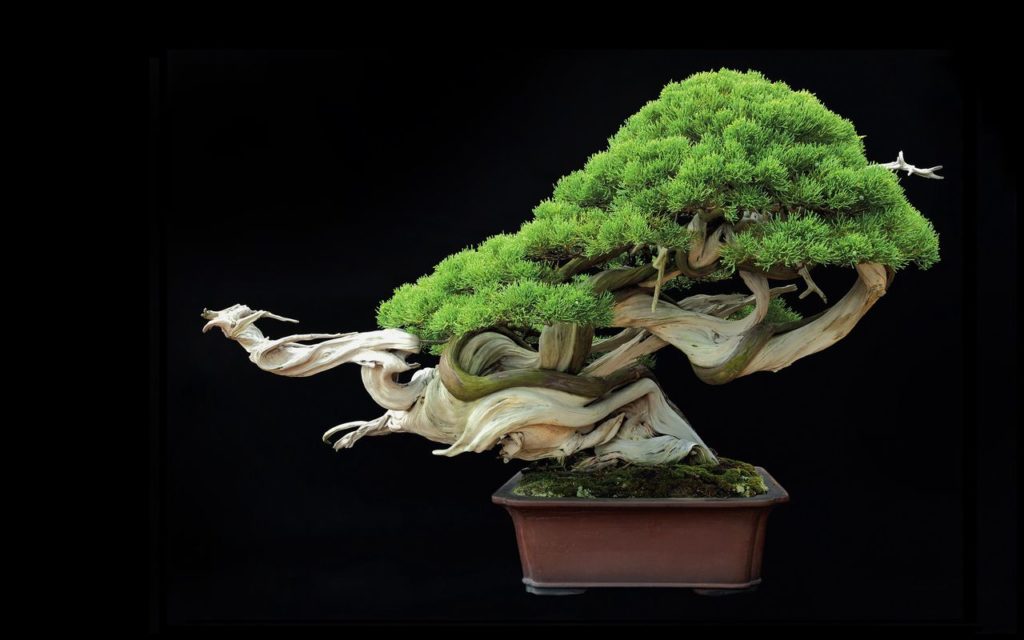What is Bonsai?
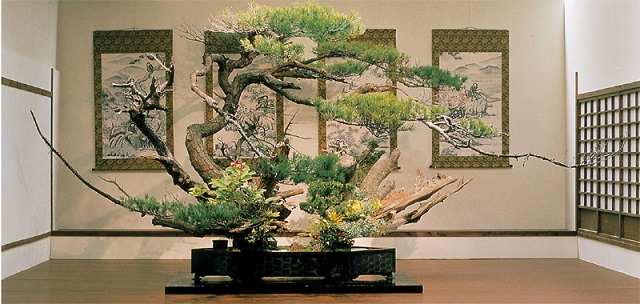
What do you imagine when you hear “bonsai”?
Some may think of a small potted tree while others may think of a Japanese old man raising bonsai. Bonsai takes longer to prepare than regular gardening. When you take care of their bonsai, you must pay attention to the weather and temperature in order to make their bonsai look deeper. Bonsai has a unique world. Let’s see what it’s like!!
History of Bonsai
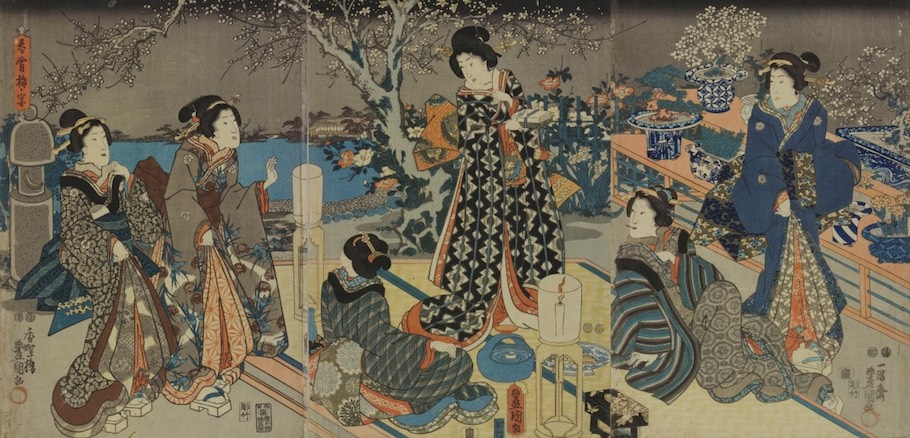
It is said that bonsai originated in China, and it is an important culture with a history of more than 2000 years. It is also said that at least 2500 years ago, people already had a hobby of planting and growing trees in a pot. It is called “Punsai” in China. It came to Japan from the Heian period to the Kamakura period and has been loved by many people as a Japanese culture since then. The Japanese developed their own bonsai under the influence of Zen Buddhism and Japanese unique sense.
Concept in Bonsai
The important thing is the concept exist in Bonsai. That is from the idea of “Omnyo gogyo” “Onmyo gogyo” is a philosophy of natural philosophy born in the Spring, Autumn, and Warring States Period of China before Christ, and is also called “Inyo Gogyo Shiso” or “Inyo Gogyo Sho”. By thinking based on this idea, it was said that all things in the universe can be expla At the root of this idea is the idea that all phenomena in the universe come and go and circulate. ined.
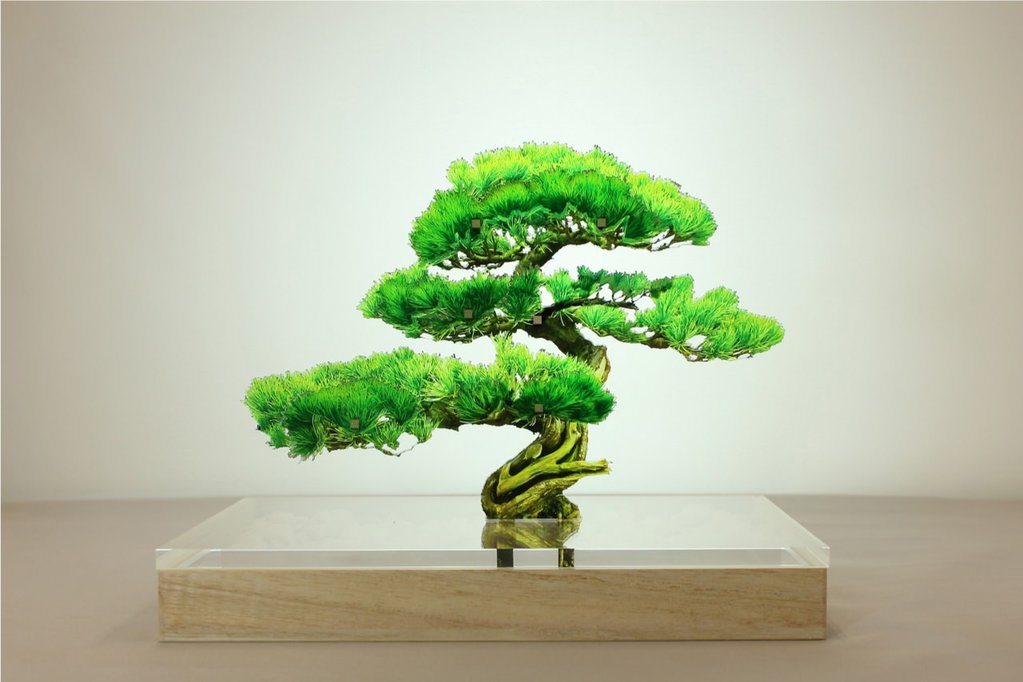
Specifically, it explains the day, month, year, season, and direction that form nature and human life, and is important as a theory that supports the foundation of Chinese culture, such as Confucianism, medicine, astronomy, and music. About 2300 years ago, Chinese Yin and Yang Gogyo created the concept of miniature reproduction. There was a thought that the small reproduction had more divine power than its original size.
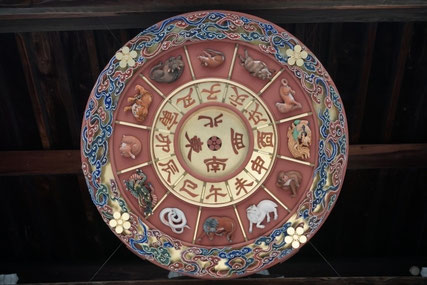
The meaning of “Yin and Yang” is completely different from the concept of good and evil.That means the balance of Yin and Yang. The “five” in the five lines means five elements, and the “row” means moving or circling.
” Wood makes fire, fire makes earth, earth makes gold, gold makes water, and water makes wood.”
“Water wins fire, fire wins gold, gold wins tree, wood wins earth, and earth wins water.”
Plants for Bonsai
There are five kinds of plants for bonsai. “Shohaku”, “Zatsuboku “, “Hanamono”, “Mimono”, “Kusamono”. Many of these are native to East Asia.
First of all, “Shohaku” is a general term for conifers including pine, cedar, cypress (cypress), Japanese oak (Shinpak), juniper (Toko), and yew.
“Zatsuboku ” refers to the woody plants excluding pine and oak. There are many kinds of deciduous trees. Although they have a long history, most of them are native to Japan and China.
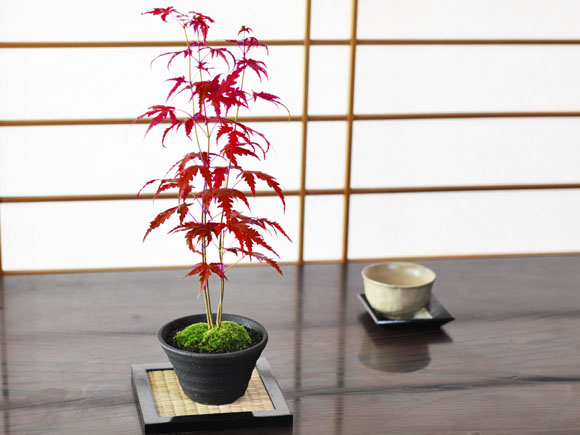
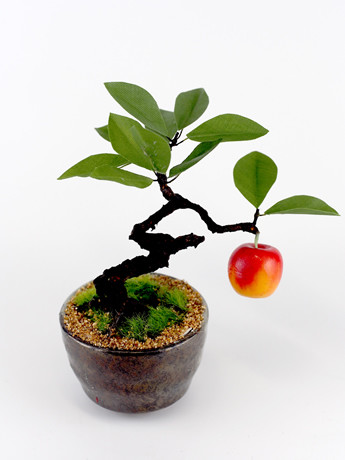
The purpose of “Hanamono” “Mimono” is mainly to appreciate flowers and fruits. There are two types of bonsai, “Hanamono” and “Mimono” but there are many bonsai where you can enjoy both flowers and fruits.
Rules of Bonsai

First, let’s choose a tree to make as bonsai. You can buy the materials or you can grow them from scratch. The important thing is to choose a tree species that suits the environment in which you plan to grow bonsai. Tree species differ depending on whether you grow them indoors or in the garden. For example, if you grow trees indoors, tropical trees that are easy to grow indoors are suitable. If you grow trees outdoors, you should choose non-tropical trees that grow well as long as you keep them out of intense sunlight.
There are many ways to take care of bonsai such as pruning branches, cutting roots, and bending branches with wire. The difficulty of bonsai is that you can’t see artificial parts in the finish. A good bonsai is not one that shows nature as it is, but one that condenses the beauty and harshness of nature. There are various ways of expression, so beginners should start by learning the basic tree form.
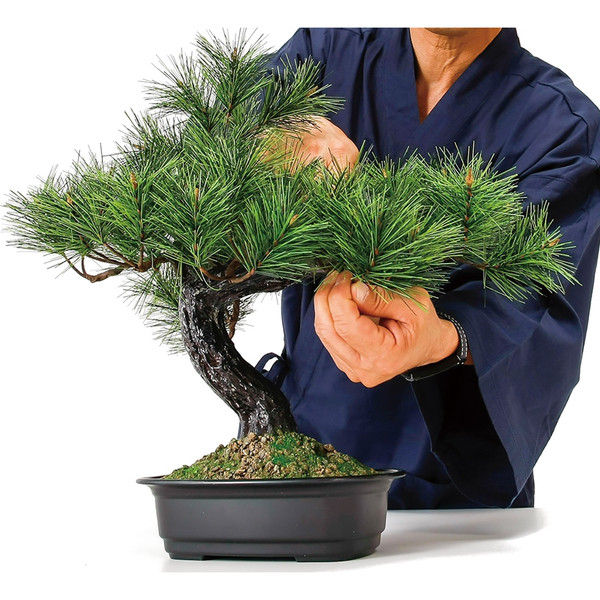
The trunk extends straight towards the sky “Naotoki (Chokkan)”, the trunk is inclined this way “Shakan Style (Shakan)”, the thick trunk grows curvilinear “Moyogi (Moyogi)”, and the trunk is divided into 2 ~ 3 roots and roots “Sokan and Sangan (Sokan Sankan)”. There is no end to the variety.
But every expression has a thought and the skill will be needed.
